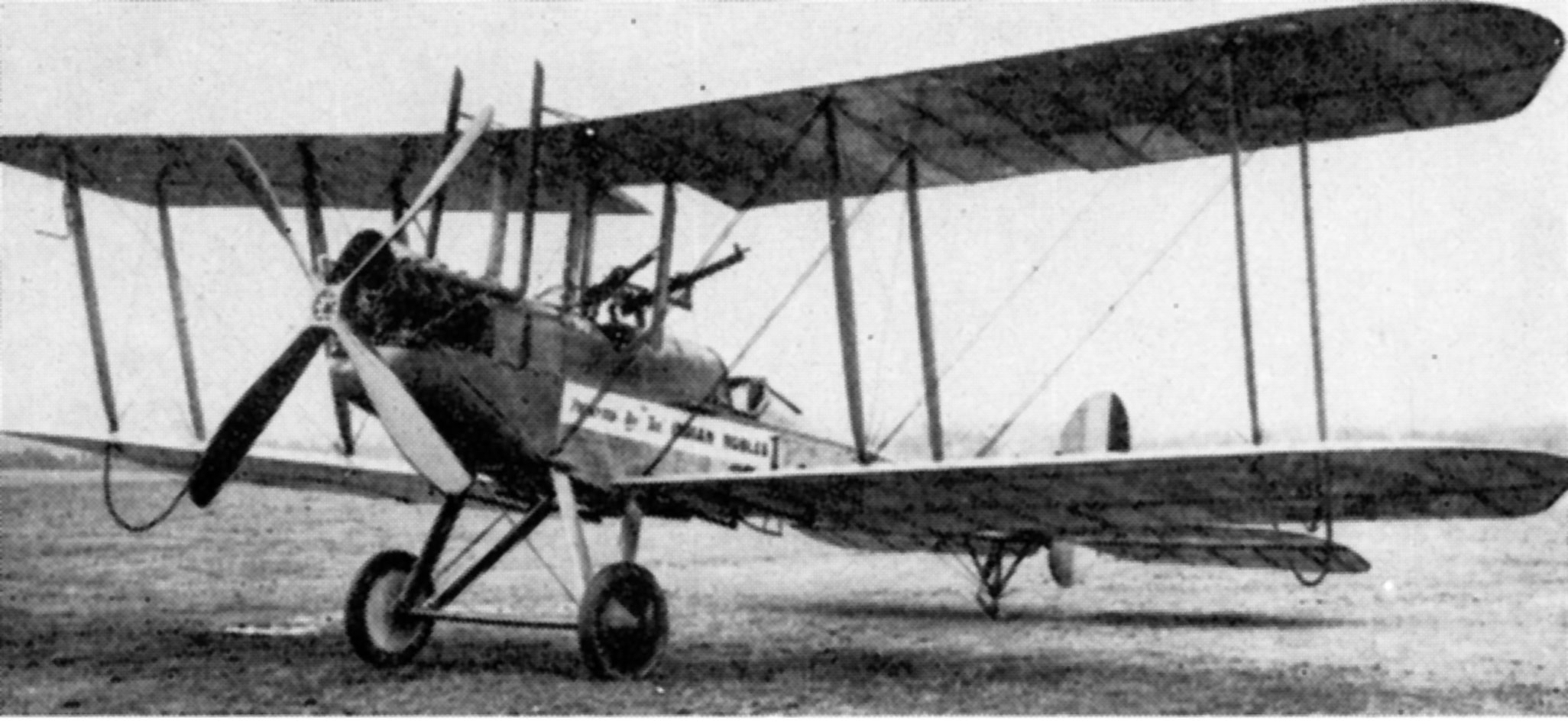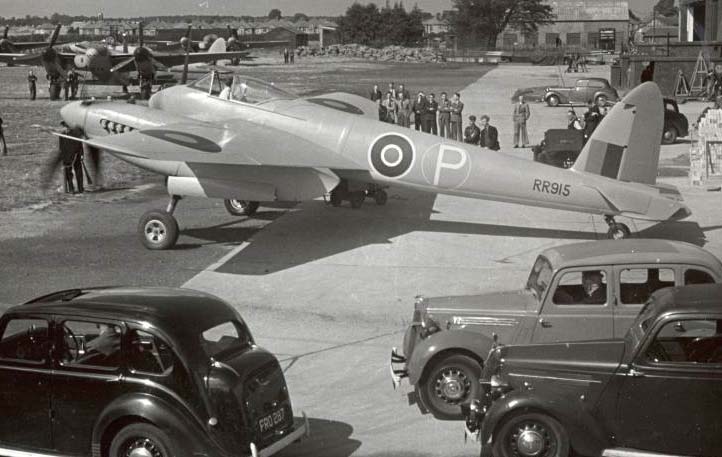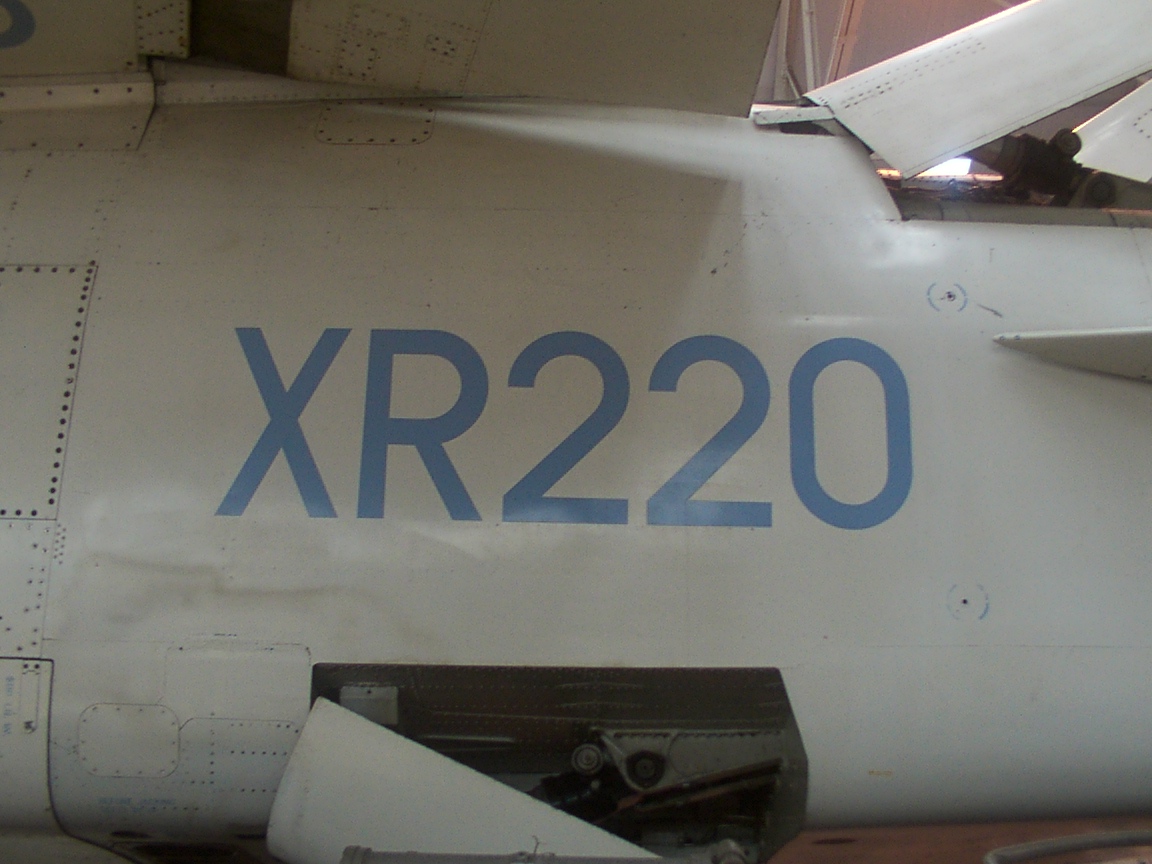|
F7F
The Grumman F7F Tigercat is a heavy fighter aircraft that served with the United States Navy (USN) and United States Marine Corps (USMC) from late in World War II until 1954. It was the first twin-engine fighter to be deployed by the USN. While the Tigercat was delivered too late to see combat in World War II, it did serve in reconnaissance roles. The Tigercat primarily saw action as a night fighter and attack aircraft during the Korean War. Designed initially for service on ''Midway''-class aircraft carriers, early production F7Fs were land-based variants. The type was too large to operate from older and smaller carriers, and only a late variant (F7F-4N) was certified for carrier service. Design and development Based on the earlier Grumman XP-50 that was eventually canceled, the company developed the XP-65 (Model 51) further for a future "convoy fighter" concept. In 1943, work on the XP-65 was terminated in favor of the design that would eventually become the F7F.Dorr and Do ... [...More Info...] [...Related Items...] OR: [Wikipedia] [Google] [Baidu] [Amazon] |
Grumman XTSF
The Grumman XTSF was a proposed twin-engine torpedo scout aircraft, designed by Grumman for the United States Navy towards the end of World War II. Based on the design of the Grumman F7F Tigercat fighter, but enlarged and with the addition of a bomb bay, the XTSF was deemed too large for carrier operations, and the project was cancelled before any aircraft were built. Instead, the Navy chose to order the single-engine XTB3F, which became the successful AF Guardian. Design and development In 1944, it was determined that the Grumman XTB2F, then under development for the Navy, would be too large to practically and safely operate from aircraft carriers.Goebel 2009 Even the new s, known as "battle carriers" (CVB) and the largest aircraft carriers built by any nation to that point, would have difficulty operating the massive aircraft, which was the size of a U.S. Army Air Force medium bomber. As a result, in late June 1944, Grumman submitted its G-66 design to the Bureau of Aeronaut ... [...More Info...] [...Related Items...] OR: [Wikipedia] [Google] [Baidu] [Amazon] |
VMA-513
Marine Fighter Attack Training Squadron 502 (VMFAT-502) is a United States Marine Corps fighter attack training squadron flying the Lockheed Martin F-35 Lightning II. Known as the "Flying Nightmares", the squadron maintains the history of ''Marine Attack Squadron 513 (VMA-513)'' which dates back to World War II and was decommissioned on 12 July 2013. The squadron is based at Marine Corps Air Station Miramar and falls under the command of Marine Aircraft Group 11 and the 3rd Marine Aircraft Wing History World War II Marine Attack Squadron 513 was first commissioned as VMF-513 on 15 February 1944 at Marine Corps Auxiliary Field Oak Grove, North Carolina, flying the Grumman F6F Hellcat. The squadron was transferred to Marine Corps Air Facility Walnut Ridge, Arkansas in September 1944. In December of the same year, the squadron moved to Marine Corps Auxiliary Air Station Mojave, California where it was re-designated VMF(CVS)-513. On 15 June 1945, VMF(CVS)-513 departed San Dieg ... [...More Info...] [...Related Items...] OR: [Wikipedia] [Google] [Baidu] [Amazon] |
VMP-354
Marine Photographic Squadron 354 (VMP-354) was a United States Marine Corps photographic reconnaissance squadron originally commissioned during World War II. During the war, the squadron flew the F6F-3P Hellcat and later transitioned to the Grumman F7F Tigercat. VMP-354 was decommissioned on 8 December 1949. Since that date, no other Marine Corps squadron has carried the lineage and honors of VMP-354. History World War II Marine Photographic Squadron 354 (VMD-354) was commissioned on 1 July 1943, at Marine Corps Air Station Cherry Point, North Carolina. Initial training by squadron pilots took place in PBY4-1s and B-24s. In February 1944, VMP-354 received its first F6F-3P aircraft but still continued to fly the PBYs. During the squadron's initial training in North Carolina it experimented with nighttime photography using magnesium flares dropped with parachutes. In September 1944, the PBYs were transferred to the US Navy and the B-24s were phased out leaving only the Hellca ... [...More Info...] [...Related Items...] OR: [Wikipedia] [Google] [Baidu] [Amazon] |
Grumman XP-50
The Grumman XP-50 was a land-based development of the shipboard XF5F-1 Skyrocket fighter, entered into a United States Army Air Corps (USAAC) contest for a twin-engine heavy interceptor aircraft. The USAAC placed an order for a prototype on 25 November 1939, designating it XP-50, but it lost the competition to the Lockheed XP-49. Design and development First assigned Design 34, later G-41 by the builder, Grumman, the design was entered into competition alongside proposals from Bell, Brewster, Curtiss, Lockheed, and Vought.Baugher, Joe"Grumman XP-50."''USAAC/USAAF/USAF Fighter Aircraft'', 2 August 1999. Retrieved: 2 April 2010. The XP-50 design was similar to that of the XF5F-1 with modifications to the fuselage nose to house the nose-wheel of the tricycle landing gear and provisions for self-sealing fuel tanks and pilot armor. The planned armament was two 20 mm (.79 in) cannon and two .50 in (12.7 mm) machine guns.Dorr and Donald 1990, p. 119. Testing During ... [...More Info...] [...Related Items...] OR: [Wikipedia] [Google] [Baidu] [Amazon] |
Heavy Fighter
A heavy fighter is an historic category of fighter aircraft produced in the 1930s and 1940s, designed to carry heavier weapons or operate at longer ranges than light fighter aircraft. To achieve performance, most heavy fighters were twin-engined, and many had multi-place crews; this was in contrast to light fighters, which were typically single-engined and single-crew aircraft. In Germany, these larger fighters were known as ''Zerstörer'' ("destroyers"). The heavy fighter was a major design class during the pre-World War II period, conceived as long-range escort fighters or heavily-armed bomber destroyers. Most such designs failed in this mission, as they could not maneuver quickly enough against single-engine fighters. Most notable among such designs was the Messerschmitt Bf 110, which suffered great losses during the Battle of Britain. An exception was the American Lockheed P-38 Lightning, which proved an effective heavy fighter; even against smaller, lighter, single-engin ... [...More Info...] [...Related Items...] OR: [Wikipedia] [Google] [Baidu] [Amazon] |
Grumman
The Grumman Aircraft Engineering Corporation, later Grumman Aerospace Corporation, was a 20th century American producer of military and civilian aircraft. Founded on December 6, 1929, by Leroy Grumman and his business partners, it merged in 1994 with Northrop Corporation to form Northrop Grumman. History Leroy Grumman worked for the Loening Aircraft Engineering Corporation beginning in 1920. In 1929, Keystone Aircraft Corporation bought Loening Aircraft and moved its operations from New York City to Bristol, Pennsylvania. Grumman and three other ex-Loening Aircraft employees,Jordan, Corey C"Grumman's Ascendency: Chapter One." ''Planes and Pilots Of World War 2,'' 2000. Retrieved: July 22, 2011. (Edmund Ward Poor, William Schwendler, and Jake Swirbul) started their own company in an old Cox-Klemin Aircraft Co. factory in Baldwin, Nassau County, New York, Baldwin on Long Island, New York. The company registered as a business on December 6, 1929, and officially opened on Janu ... [...More Info...] [...Related Items...] OR: [Wikipedia] [Google] [Baidu] [Amazon] |
Heavy Fighter
A heavy fighter is an historic category of fighter aircraft produced in the 1930s and 1940s, designed to carry heavier weapons or operate at longer ranges than light fighter aircraft. To achieve performance, most heavy fighters were twin-engined, and many had multi-place crews; this was in contrast to light fighters, which were typically single-engined and single-crew aircraft. In Germany, these larger fighters were known as ''Zerstörer'' ("destroyers"). The heavy fighter was a major design class during the pre-World War II period, conceived as long-range escort fighters or heavily-armed bomber destroyers. Most such designs failed in this mission, as they could not maneuver quickly enough against single-engine fighters. Most notable among such designs was the Messerschmitt Bf 110, which suffered great losses during the Battle of Britain. An exception was the American Lockheed P-38 Lightning, which proved an effective heavy fighter; even against smaller, lighter, single-engin ... [...More Info...] [...Related Items...] OR: [Wikipedia] [Google] [Baidu] [Amazon] |
Night Fighter
A night fighter (later known as all-weather fighter or all-weather interceptor post-Second World War) is a largely historical term for a fighter aircraft, fighter or interceptor aircraft adapted or designed for effective use at night, during periods of adverse meteorological conditions, or in otherwise poor visibility. Such designs were in direct contrast to day fighter, day fighters: fighters and interceptors designed primarily for use during the day or during good weather. The concept of the night fighter was developed and experimented with during the First World War but would not see widespread use until WWII. The term would be supplanted by “all-weather fighter/interceptor” post-WWII, with advancements in various technologies permitting the use of such aircraft in virtually all conditions. During the Second World War, night fighters were either purpose-built night fighter designs, or more commonly, heavy fighters or light bombers adapted for the mission, often employing ... [...More Info...] [...Related Items...] OR: [Wikipedia] [Google] [Baidu] [Amazon] |
Grumman F-14 Tomcat
The Grumman F-14 Tomcat is an American carrier-capable supersonic aircraft, supersonic, twinjet, twin-engine, Tandem#Aviation, tandem two-seat, twin-tail, all-weather-capable variable-sweep wing fighter aircraft. The Tomcat was developed for the United States Navy's Naval Fighter Experimental (VFX) program after the collapse of the General Dynamics–Grumman F-111B, General Dynamics-Grumman F-111B project. A large and well-equipped fighter, the F-14 was the first of the American Teen Series fighters, which were designed incorporating aerial warfare, air combat experience against smaller, more maneuverable List of Mikoyan and MiG aircraft, MiG fighters during the Vietnam War. The F-14 first flew on 21 December 1970 and made its first deployment in 1974 with the U.S. Navy aboard the aircraft carrier , replacing the McDonnell Douglas F-4 Phantom II. The F-14 served as the U.S. Navy's primary maritime air superiority fighter, fleet defense interceptor aircraft, interceptor, and tac ... [...More Info...] [...Related Items...] OR: [Wikipedia] [Google] [Baidu] [Amazon] |
De Havilland Hornet
The de Havilland DH.103 Hornet, developed by de Havilland, is a fighter aircraft driven by two piston engines. It further exploited the wooden construction techniques that had been pioneered by the de Havilland Mosquito. Development of the Hornet had started during the Second World War as a private venture. The aircraft was to conduct long range fighter operations in the Pacific Theatre against the Empire of Japan but the war ended before the Hornet reached operational squadron status. The Hornet entered service with RAF Fighter Command where it equipped several day fighter units and was commonly stationed in the British mainland. It saw combat in the Far East, being used as a strike fighter as part of the British military action taken during the Malayan Emergency. A naval carrier-capable version, the Sea Hornet, had been envisaged early on and was procured by the Fleet Air Arm of the Royal Navy. Development Origins In the autumn of 1941, de Havilland found that it had the ... [...More Info...] [...Related Items...] OR: [Wikipedia] [Google] [Baidu] [Amazon] |
United Kingdom Military Aircraft Serial Numbers
United Kingdom military aircraft registration number, known as its serial number, or tail code is a specific aircraft registration scheme used to identify individual military aircraft belonging to the United Kingdom (UK). All UK military aircraft display a unique serial number, allocated from a unified registration number system, maintained by the Air Section of the Ministry of Defence (MoD Air). The same unified registration system is used for aircraft operated by the Royal Air Force (RAF), Fleet Air Arm (FAA), and Army Air Corps (AAC). Military aircraft operated by government agencies and civilian contractors (for example QinetiQ, AirTanker Services, Babcock International) are sometimes also assigned registration numbers from this system. When the Royal Flying Corps (RFC) was formed in 1912, its aircraft were identified by a letter/number system related to the manufacturer. The prefix 'A' was allocated to balloons of No.1 Company, Air Battalion, Royal Engineers, the pref ... [...More Info...] [...Related Items...] OR: [Wikipedia] [Google] [Baidu] [Amazon] |







